Unlike many cryptocurrencies, Toncoin (TON) was not distributed through an initial coin offering (ICO) or initial exchange offering (IEO). Instead, it opted for an approach similar to Bitcoin’s organic distribution. This unique launch strategy aimed for a fairer initial distribution, setting TON apart in the crowded crypto market.
Toncoin has recently made headlines due to a significant price increase, fueled by speculation around Telegram’s potential initial public offering (IPO). This surge in value underscores its growing relevance and the influence of broader market trends. For investors and enthusiasts, TON’s price movement is a key indicator of its potential.
If you are considering adding Toncoin to your portfolio, understanding its unique distribution method and how market news impacts its value is crucial. This article will explore these aspects and provide insights into TON’s place in the cryptocurrency landscape.
Key Takeaways
- Toncoin was not distributed through an ICO or IEO.
- Its value recently surged due to Telegram’s IPO speculation.
- Understanding TON’s market dynamics is essential for potential investors.
Background of TON
The Open Network (TON) originated as an ambitious project led by Telegram’s Pavel Durov. Developed to be a high-performance blockchain, TON’s journey from inception to deployment is an intriguing tale of innovation, vision, and challenges.
Origin and Development
TON was initially developed by the team behind Telegram in 2018. Telegram aimed to create a decentralized Layer-1 blockchain capable of handling extensive applications and transactions at scale. The project raised $1.7 billion through a private initial coin offering (ICO), marking one of the largest ICOs in history.
Despite the promising start, regulatory issues forced Telegram to step away from the project in 2020. The U.S. Securities and Exchange Commission (SEC) intervened, and the planned Gram token was never officially launched.
After Telegram’s departure, the community continued to develop and support the network, rebranding the native cryptocurrency to Toncoin. This development reflected the community’s resilience and commitment to the project’s goals despite the regulatory hurdles.
Pavel Durov’s Vision
Pavel Durov, the founder of Telegram, envisioned TON as not just a blockchain but a comprehensive ecosystem. He aimed for TON to stand out by offering faster transactions, lower fees, and greater security compared to existing blockchains like Ethereum.
Durov’s vision included integrating TON into Telegram to create a synergy between the messaging app and the blockchain. This integration would enable seamless mass adoption of blockchain technology by Telegram’s vast user base.
His innovative approach was evident in the detailed white paper and source code released in 2019. Although his direct involvement ended due to the SEC’s actions, the blueprint he set allowed others to carry on the mission, keeping his vision alive within the community.
Technology Behind TON

The Open Network (TON) technology is built on a robust blockchain infrastructure designed to be highly scalable and efficient. It uses advanced features like sharding and a consensus mechanism to ensure quick and secure transactions.
Blockchain Infrastructure
TON operates on a decentralized, Layer-1 blockchain initially created by the Durov brothers, who are also behind the messaging app Telegram. This blockchain is designed to handle large-scale applications and transactions. The blockchain is open-source, allowing developers to contribute and improve it.
TON also supports smart contracts, which are self-executing contracts with terms directly written into code. These smart contracts can automate various processes, reducing the need for intermediaries.
Consensus Mechanism
The TON blockchain uses a Proof-of-Stake (PoS) consensus mechanism. In PoS, validators are chosen to confirm transactions and create new blocks based on the number of coins they hold and are willing to “stake” as collateral. This method is more energy-efficient compared to Proof-of-Work, which requires extensive computational power.
Validators earn rewards for their participation, which incentivizes honest behavior and network security. This mechanism also allows for quicker transaction processing, making the TON network more efficient for users.
Sharding and Scalability
TON employs a technique called sharding to enhance scalability. Sharding involves splitting the blockchain into smaller, more manageable pieces called “shards.” Each shard operates independently, processing its own transactions and smart contracts. This technique allows the network to handle a higher volume of transactions simultaneously.
Scalability is crucial for TON as it aims to support millions of users. Sharding makes this possible by distributing the network’s load, ensuring that the system remains fast and responsive even as it grows. This feature positions TON as a highly scalable blockchain suitable for mass adoption.
TON’s Cryptocurrency Ecosystem

The ecosystem of The Open Network (TON) encompasses various elements, from its native tokens to the governance processes regulating the network. Understanding these components helps you grasp how TON functions and what makes it unique.
Toncoin and Grams
Toncoin is the native cryptocurrency of The Open Network, initially meant to be called Grams. The tokens are not only used for transactions but also for paying fees within the network. Unlike many cryptocurrencies, Toncoin was not distributed through an ICO (Initial Coin Offering), which sets it apart as aiming for a more organic distribution method.
Grams were the original names given to TON’s tokens when first proposed. However, the SEC halted the distribution, leading to the restructuring and rebranding of the token as Toncoin. Today, Toncoin plays a vital role in the ecosystem, encouraging long-term holding and usage.
Tokenomics and Circulating Supply
Tokenomics involves the economic model behind Toncoin, including how it’s created, distributed, and how its supply is maintained. There is a total supply limit set to ensure deflationary aspects over time, similar to Bitcoin. Currently, about 5 billion Toncoins are in circulation.
Toncoins are mainly distributed via mining and rewards for validators. These protocols incentivize participation and maintenance of the network. Understanding the circulating supply helps you foresee potential value changes based on demand and scarcity principles.
Validators and Governance
Validators are crucial to TON’s network as they confirm transactions and secure the blockchain. Validators are chosen based on their stakes in Toncoin, with higher stakes giving more significant influence over the network’s decisions. This stake-based selection helps maintain a democratic process in governance.
Governance within the TON ecosystem is based on a decentralized model. Token holders can propose and vote on changes, ensuring that the community has a say in future developments. Effective governance is essential for maintaining network stability and fostering innovation.
By recognizing the roles of Toncoin, tokenomics, and governance, you gain a clearer understanding of TON’s robust and comprehensive ecosystem.
Regulatory Considerations
When it comes to Initial Coin Offerings (ICOs) like Toncoin, regulatory considerations play a vital role. This section outlines key factors involving the SEC and securities-related legal challenges.
SEC Involvement
The SEC, or the U.S. Securities and Exchange Commission, closely monitors ICOs. They assess whether a particular offering qualifies as a security under U.S. law. If it does, it must comply with stringent securities regulations.
Key Points of SEC Involvement:
- Registration: ICOs may need to register with the SEC.
- Disclosure: Adequate information about the ICO must be disclosed to investors.
- Compliance: Adherence to anti-fraud regulations to protect investors.
Failure to meet these requirements can result in significant penalties and the suspension of the coin offering.
Securities and Legal Challenges
ICOs like Toncoin often face legal challenges concerning their classification as securities. This can lead to various legal issues that must be addressed.
Common Legal Challenges:
- Classification: Many ICOs struggle with being classified as securities, which mandates compliance with federal regulations.
- Fraud Concerns: The presence of fraud in some ICOs adds to the scrutiny and regulation.
- International Laws: If the ICO is offered internationally, different countries have varying laws that need to be followed.
Navigating these challenges requires careful planning and, often, legal consultation to ensure compliance with both U.S. and international securities laws.
Frequently Asked Questions
Investors often have questions about participating in the Toncoin initial coin offering (ICO). This section addresses the most common inquiries, covering how to get involved, terms and conditions, performance, and associated risks.
How can investors participate in the Toncoin ICO?
To join the Toncoin ICO, you need to register on a designated platform. Follow the instructions to complete your registration. After registering, you can buy Toncoin using accepted payment methods like Bitcoin or Ethereum.
What were the terms and conditions of the Toncoin ICO?
The Toncoin ICO had specific terms, including a limited supply of coins and a set price per coin. The initial offering was conducted in phases, with early investors getting better rates. Terms required adherence to KYC (Know Your Customer) protocols and restrictions based on geographic location.
How has the Toncoin ICO performed since its launch?
Since its launch, the Toncoin ICO has seen significant interest and trading volume. The current price of Toncoin is $7.34, with a market cap of $15.65 billion and a 24-hour trading volume of $166.99 million.
What is the difference between an ICO and direct cryptocurrency purchase for Toncoin?
The key difference is that an ICO is a fundraising method where you purchase new coins before they hit the public market. Direct cryptocurrency purchases involve buying coins that are already listed on exchanges. ICOs often offer early access and discounted rates.
What are the risks associated with investing in an initial coin offering like Toncoin?
Investing in ICOs like Toncoin carries risks such as market volatility, regulatory uncertainty, and potential scams. You might also face technical risks like hacking. Make sure to thoroughly research and only invest what you can afford to lose.
How does Toncoin’s initial coin offering compare with other major cryptocurrency launches?
Toncoin’s ICO was notable for its strong initial backing and unique approach to distribution. Compared to other major cryptocurrency launches, it used a special IPoW method rather than traditional mining. Its origins from Telegram gave it a recognizable provenance, similar to how other high-profile ICOs were backed by well-known organizations.

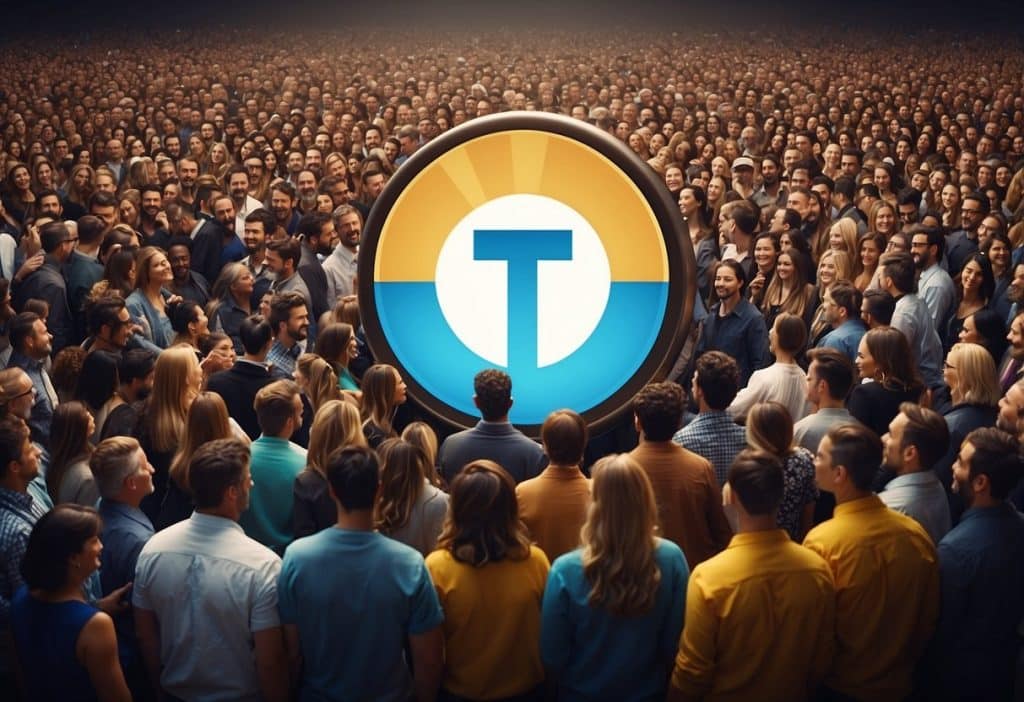

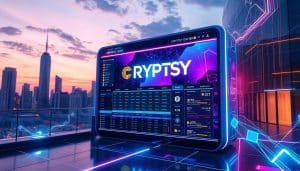

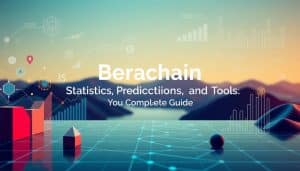






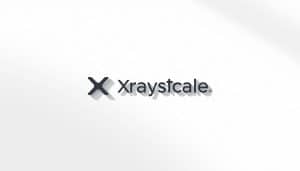









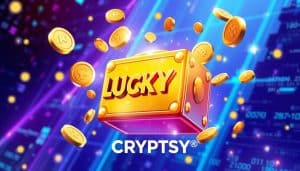

 Bitcoin
Bitcoin  Ethereum
Ethereum  Tether
Tether  XRP
XRP  USDC
USDC  Solana
Solana  Lido Staked Ether
Lido Staked Ether  TRON
TRON  Dogecoin
Dogecoin  Cardano
Cardano  Figure Heloc
Figure Heloc  WhiteBIT Coin
WhiteBIT Coin  Wrapped stETH
Wrapped stETH  Bitcoin Cash
Bitcoin Cash  Wrapped Bitcoin
Wrapped Bitcoin  USDS
USDS  Chainlink
Chainlink  Wrapped eETH
Wrapped eETH  Binance Bridged USDT (BNB Smart Chain)
Binance Bridged USDT (BNB Smart Chain)  LEO Token
LEO Token  WETH
WETH  Hyperliquid
Hyperliquid  Stellar
Stellar  Monero
Monero  Zcash
Zcash  Ethena USDe
Ethena USDe  Coinbase Wrapped BTC
Coinbase Wrapped BTC  Litecoin
Litecoin  Sui
Sui  Avalanche
Avalanche  Hedera
Hedera  Shiba Inu
Shiba Inu  sUSDS
sUSDS  USDT0
USDT0  Dai
Dai  Mantle
Mantle  PayPal USD
PayPal USD  Toncoin
Toncoin  World Liberty Financial
World Liberty Financial  Cronos
Cronos  Ethena Staked USDe
Ethena Staked USDe  Uniswap
Uniswap  Polkadot
Polkadot  MemeCore
MemeCore  Aave
Aave  USD1
USD1  Bittensor
Bittensor  Rain
Rain